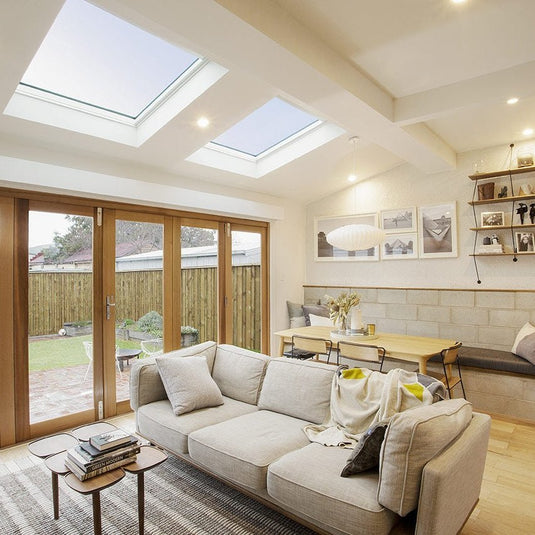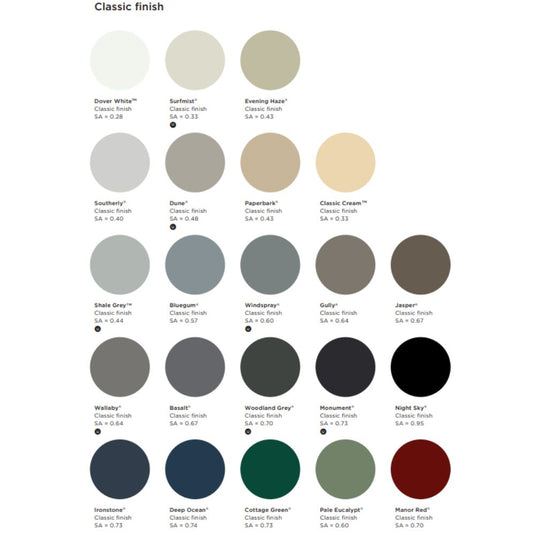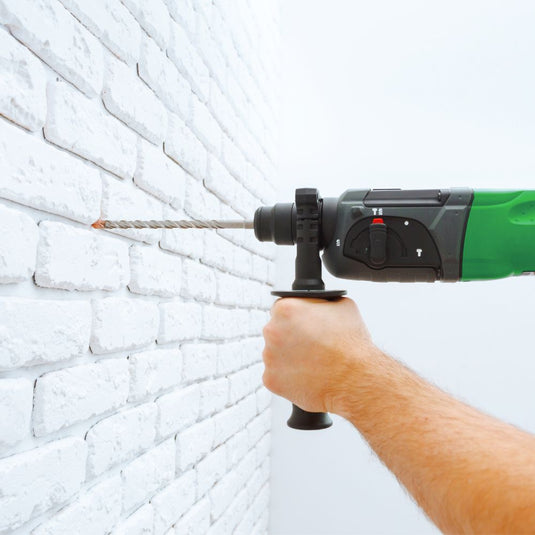Why Do People Install Window Awnings & Hoods?
(Note: Our Inspo Gallery Is At The Bottom Of This Page.)
3 Main Reasons Are:

1. Heat and Sun Protection
Australia’s hot sun can make excessive heat build up inside homes, making rooms uncomfortable and increasing reliance on air conditioning. Window awnings provide shade, reducing indoor temperatures and lowering cooling costs.
2. Weather Protection
Awnings help shield windows from rain, strong winds, and hail, extending the lifespan of window frames and reducing the risk of leaks or damage caused by extreme weather conditions.


3. Privacy and Street Appeal
Awnings enhance privacy by limiting visibility from outside while still allowing natural light in. They also add a stylish touch to a home’s exterior, increasing street appeal and potentially boosting property value.
NatHERS - Nationwide House Energy Rating Scheme

NatHERS considers how much heat enters a home through windows. Awnings provide passive cooling by shading windows, especially on north- and west-facing sides, reducing heat build up and lowering air conditioning demand.

By blocking direct sunlight in summer and allowing warmth in winter (if properly positioned), awnings contribute to better thermal comfort, which can increase a home’s energy rating.

Homes that rely less on air conditioning systems can achieve a higher NatHERS rating. Shaded windows mean less heat trapped indoors, helping maintain a comfortable indoor temperature naturally.

Many new builds must meet a minimum 7-star NatHERS rating under the latest National Construction Code (NCC 2022). Window awnings are an effective way to meet these requirements without needing expensive insulation or double glazing upgrades.
How To Choose The Right Window Awnings & Hoods For Your Home
Run through these steps before comparing products to make the best informed choice.

1. Consider Your Needs
What is the main reason that you are installing a window awning or hood? Is it reduce heat, increase privacy, provide weather protection, improve street appeal or for compliance?
2. Decide on the best awning style
Modular awnings are typically flat slat or louvre slat designs. These are great for air flow. Whereas bracketed or modern flat plate awnings look minimalist and provide the most weather protection. Typically awnings are straight out from the window or tilted down over the window.


3. Measure Windows and Placement
Identify which windows need awnings or hoods (north- and west-facing windows often need the most protection). Measure you window widths and note anything that could interfere when fixing an awning above them. General rule of thumb is 15-45cm beyond the widow frame on either side. The more the better for window shading.
4. Check Local Regulations
There are 3 levels of regualtion you might need to check. 1st is local council regulations, 2nd is estate development covenants and last is the buildings heritige or strata regulations.


5. Select Materials and Colours
We recommended powder coated aluminium hoods for their thermal and recyclable properties. In terms of colours, consider will you be matching existing Colorbond colours or looking for a custom colour scheme. Lighter colours are coolest.

6. Set a Budget and Get Quotes
Depending on you budget you might only do the north or west facing sides of the house. Consider the height these will be installed and if scaffolding is required. Our Clik'N'Fit range is designed to be done as an easy DIY project.
Testimonials

Window Awnings & Hood FAQs
Window awnings are typically thought of as just shade extending out from on top of a window, whereas a window hood might go out the top and down the sides of the window as well. Sometimes the bottom of the window as well.
Absolutely. In many cases councils are now requiring them as part of their regulations to reduce energy costs.
It depends on where you live, how your house is positioned etc but they can reduce solar heat gain by up to 65% on south-facing windows and 77% on west-facing windows, lowering cooling costs significantly.
Smaller awnings are light and an easy DIY project. Larger and heavier hoods ideally need to have been specified into your building at design stage. This way you know the anchoring into the wall is strong enough to support the window awning. If in doubt consult your builder.
As a general rule of thumb the width of your window glass plus at least 30cm. This allows for 15cm either side of the glass for shade. Preferable more up to 90 cm wider. (+45cm on either side). Have a look at our standard widths and there is the option for custom made awnings via a quote request form.

Louvred Slat Flat Awning

Flat Fixed Louvre Awning

Flat Fixed Louvre Awning

Tilted Frame Fixed Louvre Awning

Heritage Window Hood









